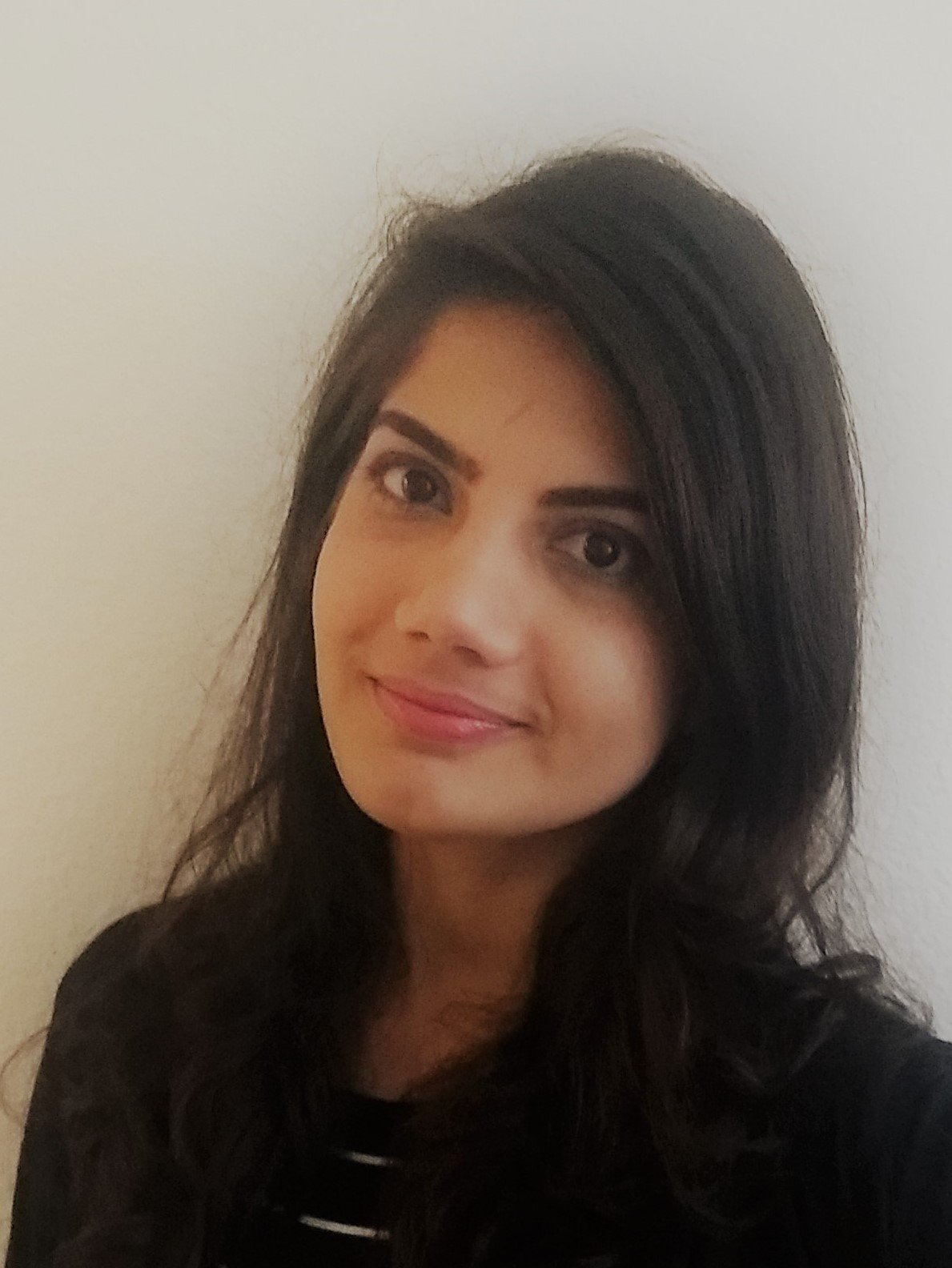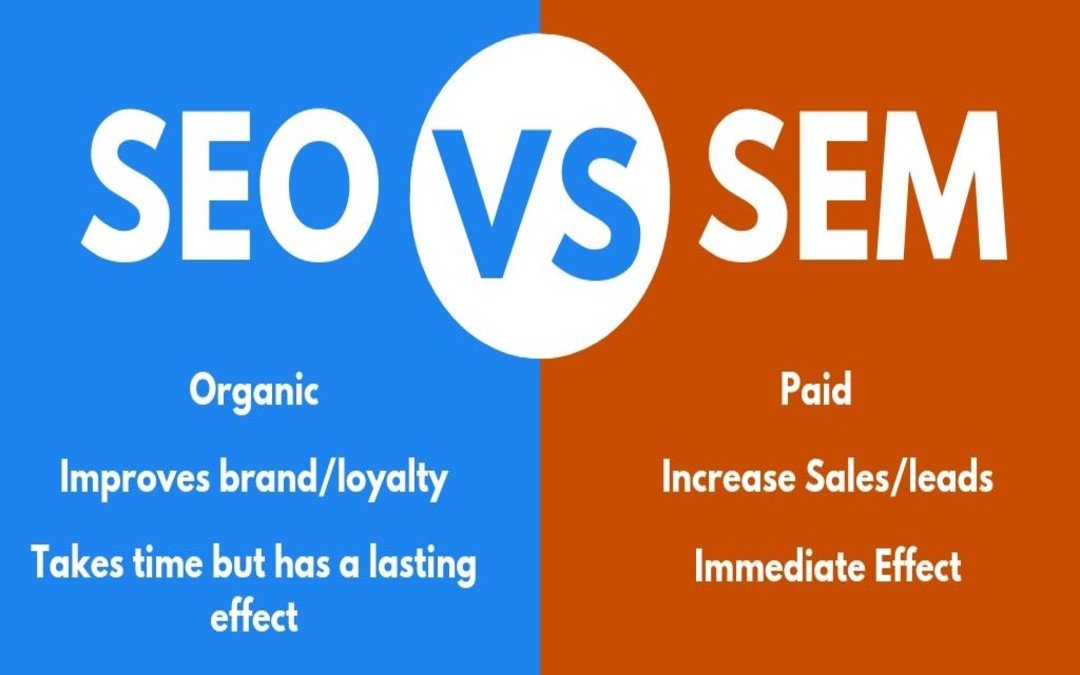Today’s online marketing game is different than it once was. Now, you can achieve your desired results for your website by utilizing one of two strategies (or both) denoted by the heavily-used acronyms: SEO and SEM. While marketing gurus might use these without a second thought, having a solid understanding of the difference between SEO and SEM can boost your marketing potential. Here’s what you should know about the two strategies (and which you should use to maximize your marketing!):
SEO vs. SEM: Understand the Difference
SEO: Search Engine Optimization
SEO is a type of marketing that relies on gaining traffic organically through natural search results. It targets titles, meta descriptions, keywords, and links to help boost that traffic. Having great on-page SEO is also boosted by optimized page speed and well-written copy.
This type of marketing is key for long-term business because organic traffic is sustainable traffic. If you’re able to gain traffic because you have solid content and keywords that point to your website (instead of a competitor’s), there’s no reason that you shouldn’t have that for a long period of time. That said, SEO differs from SEM because it often takes a minute to get off the ground. You’re working to improve your SEO against those competitors, and you’ll have to work at it for a bit in order to rank well.
Components of a Strong SEO Strategy
To be specific, SEO factors can be divided into two categories: On-page SEO and Off-page SEO.
On-Page SEO
On-page SEO includes everything you optimize on the page itself to improve your search engine rankings. This may include:
- High-quality content that is optimized and written in a way that is useful to readers
- Optimizing your title tags, meta descriptions, heading tags, and alt text by incorporating selective keywords naturally
- Cleaning any broken links
- Internal and external linking where needed
- Page load speed optimization
- Social sharing integration within your content
- And much more
Off-Page SEO
Off-page SEO refers to the actions taken outside of your website to improve your rankings in SERPs. Most people tie off-page SEO with link building, but this is only one of the following elements of Off-page SEO:
- Building high-quality backlinks
- Sharing your content on social media
- Social bookmarking
- Guest posting on sites with authority
- Creating useful videos related to your niche or business, and submitting them to popular sites like YouTube
- and much more
SEM: Search Engine Marketing
This type of marketing refers to paid search and is often referred to as “pay-per-click.” SEM advertisement is often seen on Google when ads pop up, and it’s an effective way to drive short-term traffic. That said, SEM comes at a high cost. If you’re looking to advertise over a long period of time, it’s quite the budgetary commitment to continually feed into ads.
In its simplest form, SEM is often thought of as paid search while SEO is considered organic search. That said, SEM’s activities do include ads that appear right next to organic searches on Google and other search engines. In many ways, the two go hand in hand, SEM is just the faster way to reach the people you’re targeting. If you’re running a shorter campaign, SEM will be a quick way for you to launch an ad campaign or create ad groups to help you get visibility. This visibility can be difficult to maintain, however, without a substantial budget.
Components of a Strong SEM Strategy
Search engine marketing not only includes SEO, it also utilizes paid advertisements like PPC and social media advertisements. A strong SEM strategy will comprise of both organic and paid efforts to improve the ranking of a website in SERPS.
Which Marketing Strategy is Better?
If you’re starting a website or looking to improve traffic to an existing one, you’re likely wondering, so which strategy should I use? Is SEO or SEM better? The answer truly lies in what you’re looking for. When you combine the two techniques, you’ll likely find a way to hit that target audience, especially if you’re working with a marketing team who understands both. However, maintaining SEM isn’t feasible for most because of the cost and that’s important to recognize.
SEO is best in the long-term when you’re looking to create prolonged traffic through optimized and high-quality content. Without this, even SEM/paid search won’t do you much good. You need quality content—it’s non-negotiable. That said, creating a strategic PPC campaign to help promote a product, service or new website and then relying on your organic footprint can be a way to get your site off the ground and running.
Both SEO and SEM have different benefits but combining the two strategies at different points can help create the best results of all. Learn more about combining both strategies by reading this interesting article published on Search Engine Land.
Final thoughts
Interested in learning more about how Tactical Engine can help with your marketing strategies? Visit here for more on how we can boost your Internet traffic using SEO or SEM. We’ve got you covered for all your web development and digital marketing needs.

Content and Social Media Manager at Tactical Engine. Helping B2B and B2C businesses in growing their business and creating brand awareness.


